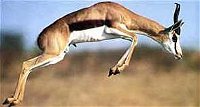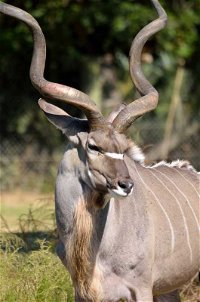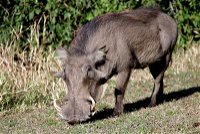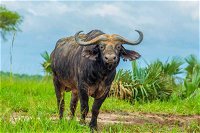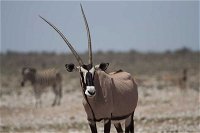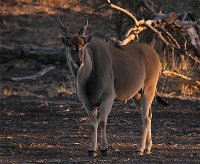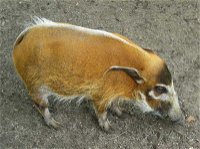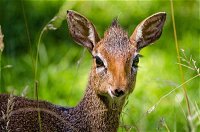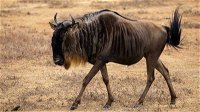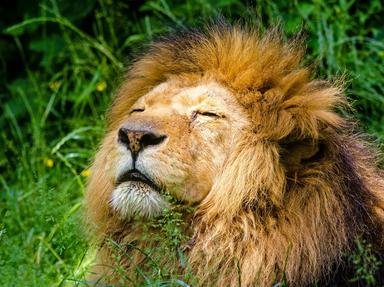
African Ungulates Trivia Quiz
Ungulates are animals with hooves, and Africa has a lot of them, especially in the antelope family. The photos aren't all antelopes, but there are quite a few, so can you tell them apart with just a photo to help?
by rossian.
Estimated time: 3 mins.
- Home
- »
- Quizzes
- »
- Animal Trivia
- »
- Animals by Region
- »
- Africa
